Safety, standards and latest innovations for the baby's room
Categories:
Baby's Room
 Choosing the right baby blanket dimensions according to season and age
Choosing the right baby blanket dimensions according to season and age
 How to attach a headboard (with or without drilling): quick and effective soluti
How to attach a headboard (with or without drilling): quick and effective soluti
 Waterproof sheet or mattress protector: the best solution by age group
Waterproof sheet or mattress protector: the best solution by age group
 27 Original, Useful, and Trendy Christmas Ideas for Teens 2025
27 Original, Useful, and Trendy Christmas Ideas for Teens 2025
 Christmas Activities for Baby: Creative Ideas for Home & Daycare
Christmas Activities for Baby: Creative Ideas for Home & Daycare
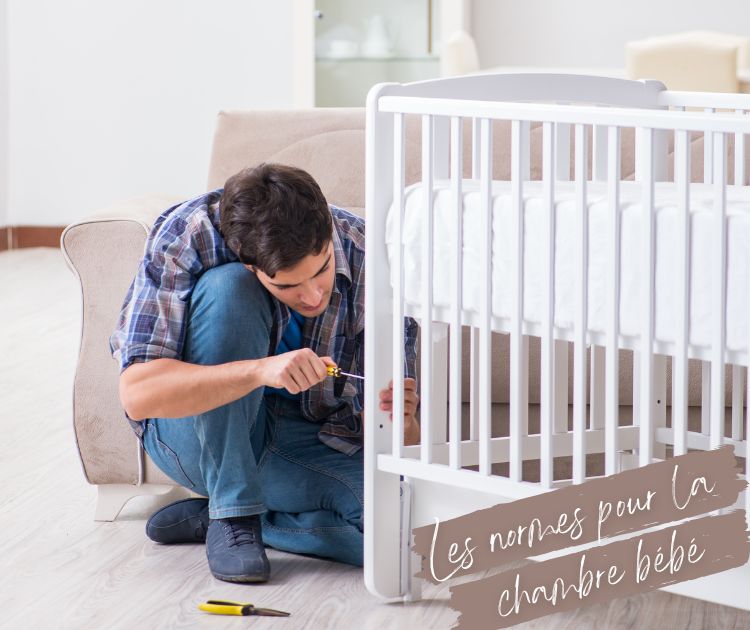
In the baby's room, creating a reassuring and soothing environment is essential for parents, but this room must also be perfectly safe for your child's security. Over the years, safety recommendations have continuously evolved to guide parents more precisely regarding the risks faced by little ones. So what are the criteria for choosing a baby bed to ensure safe nights? What other points should you be mindful of in your child's room? Let's explain!
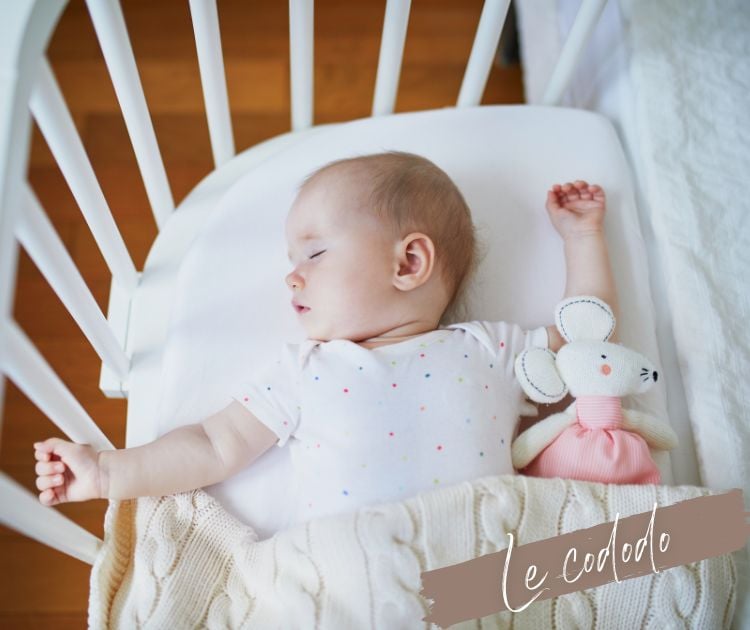
During the first 6 months of life, baby is particularly fragile and requires constant attention. Indeed, there is what we call sudden infant death syndrome that concerns all babies. Linked to several factors, this risk is especially present during the night. Therefore, the WHO provides several recommendations to parents to limit this risk.
Indeed, the World Health Organization recommends that parents share the same room with baby during the first 6 months, but not in any way. It is then possible to opt for:
However, regarding bed-sharing with baby, the WHO warns parents about very real risks of suffocation, crushing, falling, or overheating. Sharing the same room is therefore recommended, but sharing the same bed is not advised.
Once baby is over 6 months old, parents can consider putting them in a crib so they have more space. This can remain in the parents' room for some time if baby needs it, or it might be time for the child to sleep in their own room.
Therefore, several recommendations should be considered when choosing the right baby bed.
A baby bed can take different forms depending on parents' preferences. These include:
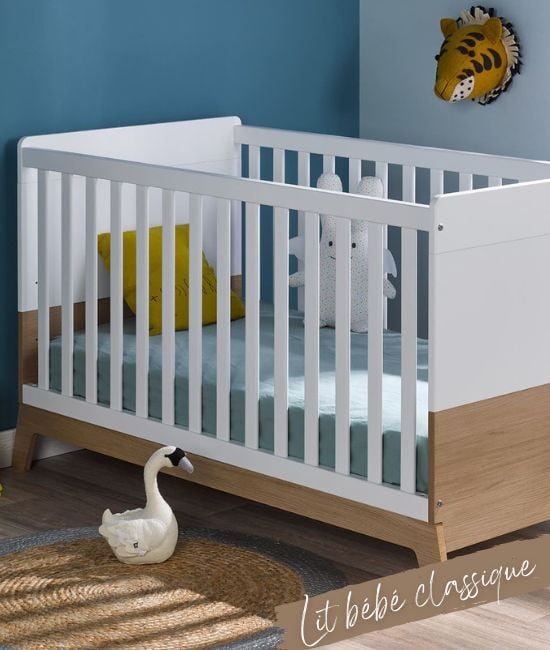
The convertible baby bed: The convertible baby bed allows transformation from a baby crib to a child's bed. It's therefore a more sustainable piece of furniture over time.
The classic baby bed: A standard crib, most often in 70x140 cm or 60x120 cm format.
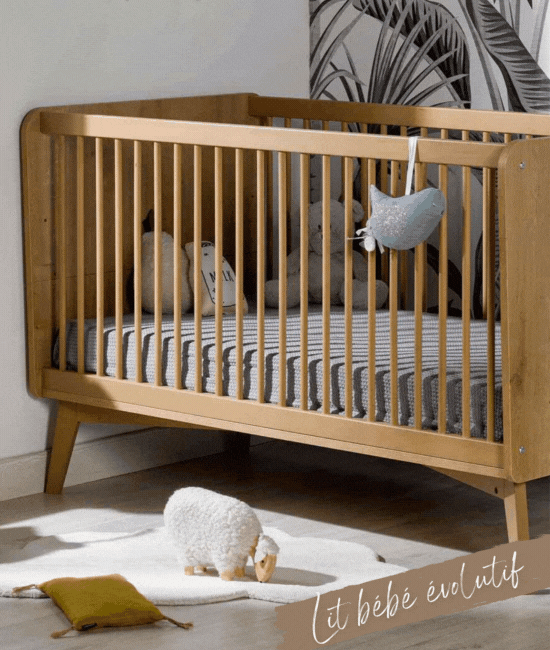
The Montessori baby bed: Very close to the floor, it allows even very young children to gain autonomy in getting up and going to bed, and limits the risk of falling.
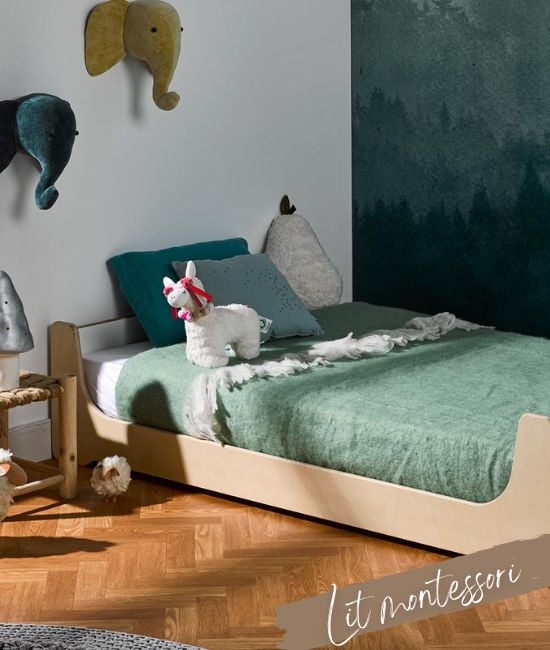
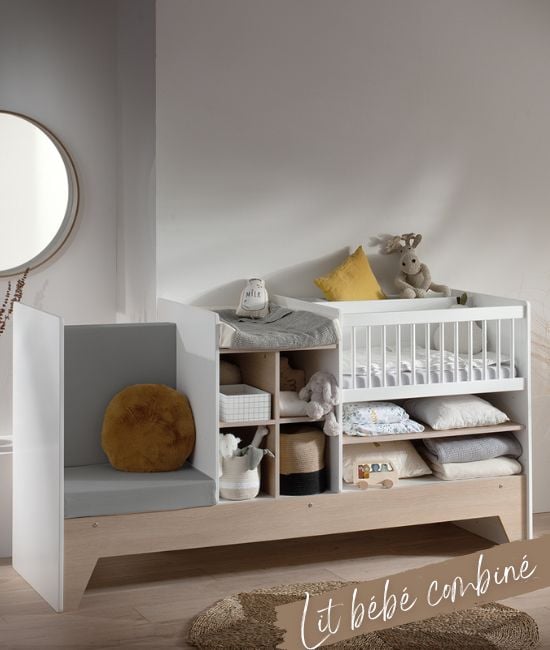
The combination baby bed: This is most often a convertible baby bed combined with other elements to create an all-in-one piece of furniture.
Whether you decide to opt for a convertible baby bed or any other format, there are several criteria to consider to ensure your child's safety.
Finally, beyond choosing your baby bed, you'll need to secure the entire room to provide your child with a perfectly safe environment. Therefore, several recommendations should be followed such as:
By maximizing your child's environment safety, you reduce the risk of incidents in the baby's room.
